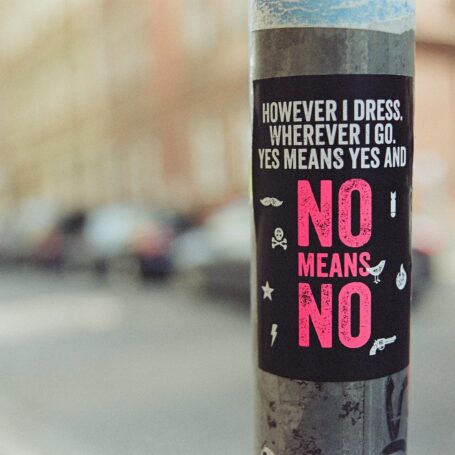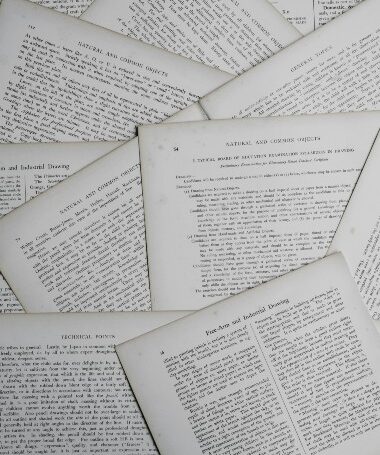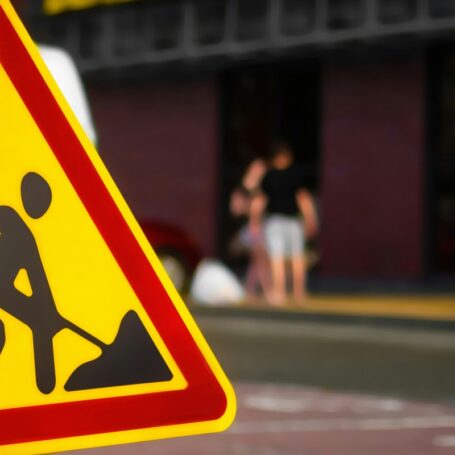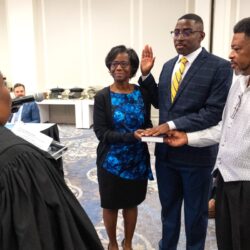Making a Modern Encyclopedia Into a Tool for Lifelong Learning
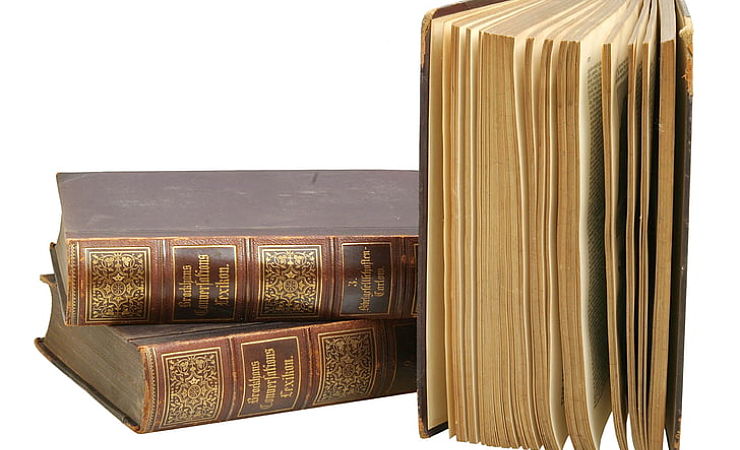
Creating a modern academic encyclopedia is a labor of love – years of effort that is both conceptual and physical, dozens or even hundreds of writers to corral and then try to control, the ever-present march of time threatening to date all your efforts before anyone see your work, and the possibility that even serious scholars might just Google their question rather than reach for a well-vetted volume.
These were all headwinds faced by the co-editors of The Encyclopedia of Higher Education, a five-volume reference work examining the industry around the world that was released in July after more than a half-decade of groundwork. Their story has had a happy ending, as decisions they made in the conceptual stage of the project made their final product look prescient, not obsolete, when it arrived in the midst of a pandemic and reinvigorated calls for racial and social justice.
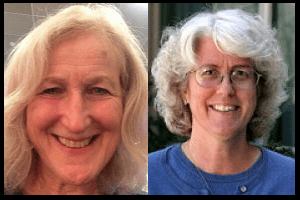
The editors, Miriam E. David and Marilyn J. Amey talked with Social Science Space about the process of building this behemoth and their hopes for its future. David, a professor of education at the Institute of Education, University of London, David started her academic career in the sociology of education, which over time started to focus more on higher education. “I still see myself mainly as a sociologist rather than an educationist, but those are very fine distinctions, I think.”
More recently, she served as an associate director of the Teaching and Learning Research Programme, a massive research program funded by Britain’s Economic and Social Research Council. As the project wound down in the early 2010s, she received a “flattering invitation” to edit an encyclopedia of higher education for SAGE Publishing (the parent of Social Science Space).
“Most of the people I spoke about it to,” she recalled, “thought that this was far too big an issue to take on – and totally I shouldn’t!”
But she did. “In the event, some of their concerns seem to me to have been borne out because the project has been very arduous in terms of getting people to be cooperative, freely and eagerly. Many of them have had to have their arms twisted to want to contribute.”
The project had been conceived as something for more senior people to pass down to more junior colleagues. But the focus broadened, including much more input from younger generations of education researchers. Happily, as the focus broadened, so too did the ease of proceeding.
Meanwhile, in the United States Amey “was minding my own business when this wonderful person, Miriam David, got ahold of me — we had never met – and she mentioned this project and asked if I was willing to work with her on it.” And so Amey, the Dr. Mildred B. Erickson Distinguished Chair in Higher, Adult and Lifelong Education at Michigan State University, joined David as co-editor. Their partnership, maintained across the Atlantic, commenced in 2014.
“I’ve never been part of a project that engaged in so many domains, across so many fields of study,” Amey said. “Even though this is an encyclopedia of higher education, a lot of the authors are disciplinarians like Miriam is. They grow from their perspective which informed this in ways — their lenses and their frameworks and their way of thinking about the topics — that people who are only coming out of education would never have been able to do.”
The resulting work – 952 pages across five volumes with more than 600 signed entries – published this summer. (The following interview was edited for length and clarity.)
In an age of Wikipedia, when so much information is at our fingertips, who is this encyclopedia for? And who is it for tomorrow?
Marilyn J. Amey: I think it is a much better resource than Wikipedia! So, if I were in a master’s program, for example, or a specific degree program or field as a practitioner, and I wanted to understand a topic better, and I just need a starting place. I would certainly use it for that. I think was probably the original intent of encyclopedias anyway. I would then find the additional resources that are included in the essays extremely valuable; they were intentionally put there to be other key resources when you want to read more.
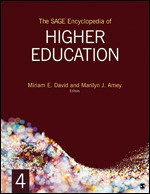
I think it is valuable for professional colleagues who are interested in worldviews other than their own, who want to have a more inclusive understanding of a topic. And again, when you just do a Google search on something, you don’t know what to ask for. You don’t know how to vet what you’re getting. And often you don’t even know what to look for as a as an author or an emerging author, and in that respect, I think it will be a very handy resource.
It’s nice to know I can go look at this SAGE encyclopedia and I have a good starting place on a host of topics; I’m going to teach that essay may be just fine, I can direct all my students to. if I need more, I’ve got a place, a good starting place. And again, I think the way undergraduates, and many practitioners who don’t have time, need a hand. This is a more scholarly orientation towards accessible information across 600 and something headwords that have to do with higher education writ large. I don’t know where you find that very easily. Miriam, I suspect, will have a much more intellectual abstract.
Miriam E. David: I agree with you. I think it is for future students — in inverted commas — of higher education. All of us are students asking, not appealing, for lifelong learning. And I’m glad it came to fruition – there were times we though it might not!
There were times when we took the goal to be that resource that Wikipedia is not. The encyclopedia brings it together in a kind of global, in a different sense of global, in a rounded way.
And we mentioned those in the introduction there are things that have come to light before the pandemic that may be then seen more in more pressing than we’ve considered at the time. But as it happens, I think it has come together in a way that will, hopefully, will remain useful.
So what were the goals?
MED: We had a clear idea that we wanted to put together something encyclopedic that is global, with both disciplinary and pedagogical aspects of higher education, so that people in different regions, places, and countries could have a grasp of the global reach of higher education and its importance and it’s increasing importance to what the world and the world economy.
MJA: It was very educative, I felt, for our editorial board and our advisory board to realize that even the issues of language were not as transferable across settings as we might have anticipated. So part of part of what took place before we even got to contributors was the infamous headwords list for SAGE. Alright, where do you draw the line about the countries you’re going to include or you’re not going to include? What are the values or the basis by which you’re making that determination? Or when you talk about systems in higher education that vary so much, how do you have an essay that is anywhere from 1,000 to 3,000 words that actually does that justice in a useful way? I think that was a huge issue.
And the first step is determining what these essays will address. Could you tell me how you came up with the topics for those essays, the so-called “headwords’?
MED: First of all, we got ourselves three associate editors, two associate editors in America and the one in the UK, who would be responsible for various sections of the encyclopedia within this headword list. We needed a matrix, with different analytical framing and different topics and how they will crop up. I had a team with two of us, and three in the USA, which gave us some balance that we were looking for. In addition to that team of five, we had an editorial board of 12 people with ideas about the headwords. We ended up with about a thousand headwords originally.
(Our SAGE contact) would ask a lot of really good questions. How does this connect to that? Is it really different than this other word that you have? Is this too U.S.-centric or too U.K.-centric? What about Israel? These were not things we were trying to avoid or miss, but I think her questions helped us make better decisions.
When we talked with authors, we would talk about a headword for them. Sometimes we would say, ‘We want you to take this larger perspective,’ or ‘We’re hoping that you’ll think about it in a more global perspective.’ Sometimes we were collapsing the list, but we then expanded someplace else because a really important topic would come in, but it wasn’t quite what we had anticipated.
And this was happening …
MED: So we didn’t get anybody writing anything until about 2016, maybe 2017. We were too-ing and fro-ing with our editorial board and associate editors as to the best configuration of these various topics.
MJA: I think I had much lower expectations from the beginning of who would actually be willing to participate – and it has been a very frustrating experience at times. But on the other hand, it surprised me that people of Miriam’s international status in my field of higher education signed on to this. I was thrilled about it because it lends a level of credibility for emerging scholars and mid-career people who may not be as widely known.
How do you keep a unified voice throughout this?
MED: I’m not sure there is a unified voice. But we all felt very strongly about being collaborative and collective. This was a background theme of women working together — the feminist perspective. We did want that to shine through because there is very little recognition of the importance of women’s voice in higher education. And it was certainly a personal project of mine, that if I were to do this, I want to show just how important this was for us, and for higher education, and for changing forms of higher education. Higher education now has more women students across the world than men. But they still remain somewhat less valued than male voices.
MJA: I don’t think we were intending a unified voice like you might. But the formatting, I think, provided some continuity across all of the essays.
There was an intellectual pitch that that we needed to accomplish, which for some senior scholars was a little harder since this is not your tier-one journal article. You have to speak at a consumable level across domains and across countries, and yet, you didn’t want to sound like you were writing for a third-grade audience. We had to catch ourselves about acronyms and shorthand and jargon from different fields since this was not going to be accessible to the readership that we were intending on.
Although an encyclopedia is a collection of disparate pieces, presumably it tells a story. What is the story of this encyclopedia?
MED: I think it’s a complex story. But it is a story of the ways in which higher education has evolved over the 21st century, with its themes about equity and diversity in higher education and its global reach. That the global reach is really important, because it’s the ways in which higher education, as a practice as well as a pedagogy, has become — even more so with the pandemic — digitized. I think there is no going back now about that digitization of higher education. However it takes place and how many glitches there are, like the time it took me to get on to this system [for this interview].
MJA: I think that the introduction to the encyclopedia, which Miriam wrote the bulk of (and just fabulously well) captures the point of the encyclopedia. Miriam and I felt it was really important to present the totality of the effort and the way in which we had come to think about higher education globally, not just where it had been, but about where it was and where it was going, trying to think about it complexly but also highlighting certain aspects that are often not represented very well — like equity.
What would the encyclopedia have looked like if it were compiled a decade ago?
MJA: I think 10 years ago, it would have looked different. So would our inclusion of topics and head words have been different. An interesting aspect of doing this has been because it took time, I think we would be broadly making the same decisions today that we made, but we modified those decisions along the way, because the contexts were changing. You start a project that’s multi year, and some things are ABC, midway through it becomes FGH and in the end, it’s XYZ. So which changes are you highlighting and which ones matter? What did matter to us to showcase, to bring to the forefront, was how higher education globally was changing. And what difference did any particular change make.
There were seemingly simple things like on this one: student athletes. Do you write it as ‘athletes who are students’? Is it ‘student athletes’? Is that hyphenated? Does it matter? Is that only a US thing? And how does it connect to other things, too?
And who would have thought about a pandemic in the middle of this? I think we were just trying to finish! But when you think about the impact COVID has now had on post-secondary education, and every other kind of education, the issues that we talked about, about governance, about economics about the role of higher education — I think we are broad enough in the topics and creation of those head words to stay relevant.
What about the pandemic? And this re-energized commitment to racial justice? Now you’ve got this finished product that was winding down as these ramped up. It sounds like you feel the encyclopedia is still ‘there.’
MJA: It was there. And I and I think that to the points that Miriam was holding up, a different set of authors, or editorial team might not have done that throughout. But to her point, if you look at that section specifically, but if you look at it in as evidenced in many, many other headwords, issues of equity, issues of social justice, is issues of representation. They’re there throughout because that was the value system of the people who were closest to the work.
MED: Equity and diversity are really important issues at the moment, having been highlighted during the pandemic, and especially by issues like Black Lives Matter. These issues had already been important for us and you’ll see that one of our biggest sections is the one on the equity.
MJA: And, you know, and I don’t think we had to do this very often, but when an author came in with an essay that was not inclusive, it did go back.
I think it now shows, in ways we couldn’t have anticipated not knowing what all was going to come and, and that we’ve all experienced in the last couple of months. This could have been far less relevant if we had started from a more traditional mindset about higher education. And happily, because of Miriam’s long-standing work and her philosophy as a sociologist, it drove us in a very different direction. I’m thrilled about that, because I think it then lends this encyclopedia far greater utility than it would otherwise have.
